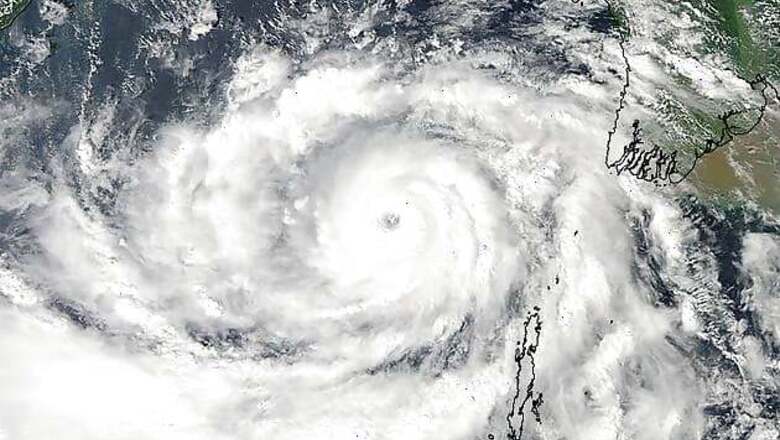
views
New Delhi: As India's fiercest storm in 14 years - Cyclone Phailin - smashed into the coastline of Andhra Pradesh and Odisha, the Indian auhorities looked prepared to take the challenge head on.
Much of the credit for this impressive show of disaster management has to go to the India Meteorological Department (IMD), the nation's 138-year-old national weather agency which was able to precisely track the cyclone's footprints and intensity.
The IMD stood vindicated as it's predictions were consistently lower than the foreign meteorologists.
"Technology like radars with human resource has helped us a lot," said Director General, Meteorology, LS Rathore.
The IMD monitors satellite images from Indian satellites like Kalpana, Insat 3A every half an hour. This helped it pick up Phailin on day one, when it was just a low pressure fleck.
The met also intercepted signals from various international satellites NAT, helping it ascertain the exact distance.
Precise tracking gave the authorities the required response time. An improvement in the observation network has also helped the Met departmen reach accuracy over the years - like the buoys - which float over water to give precise wind pressure, temperature of the sea.
Co-ordination with various agencies and dissemnation of information was also done accurately. This was conceeded by even the IMD chief. Apart from these, super computation capabilities also helped them reach accuracy.
"The vaults are super computers. They get all the data and it is turned into information," said an operator.
An international audit of 2012 has shown that IMD is one of the more accurate organisations. It may have come under fire during Uttarakhand tragedy but this time it certainly hit the bulls eye.




















Comments
0 comment